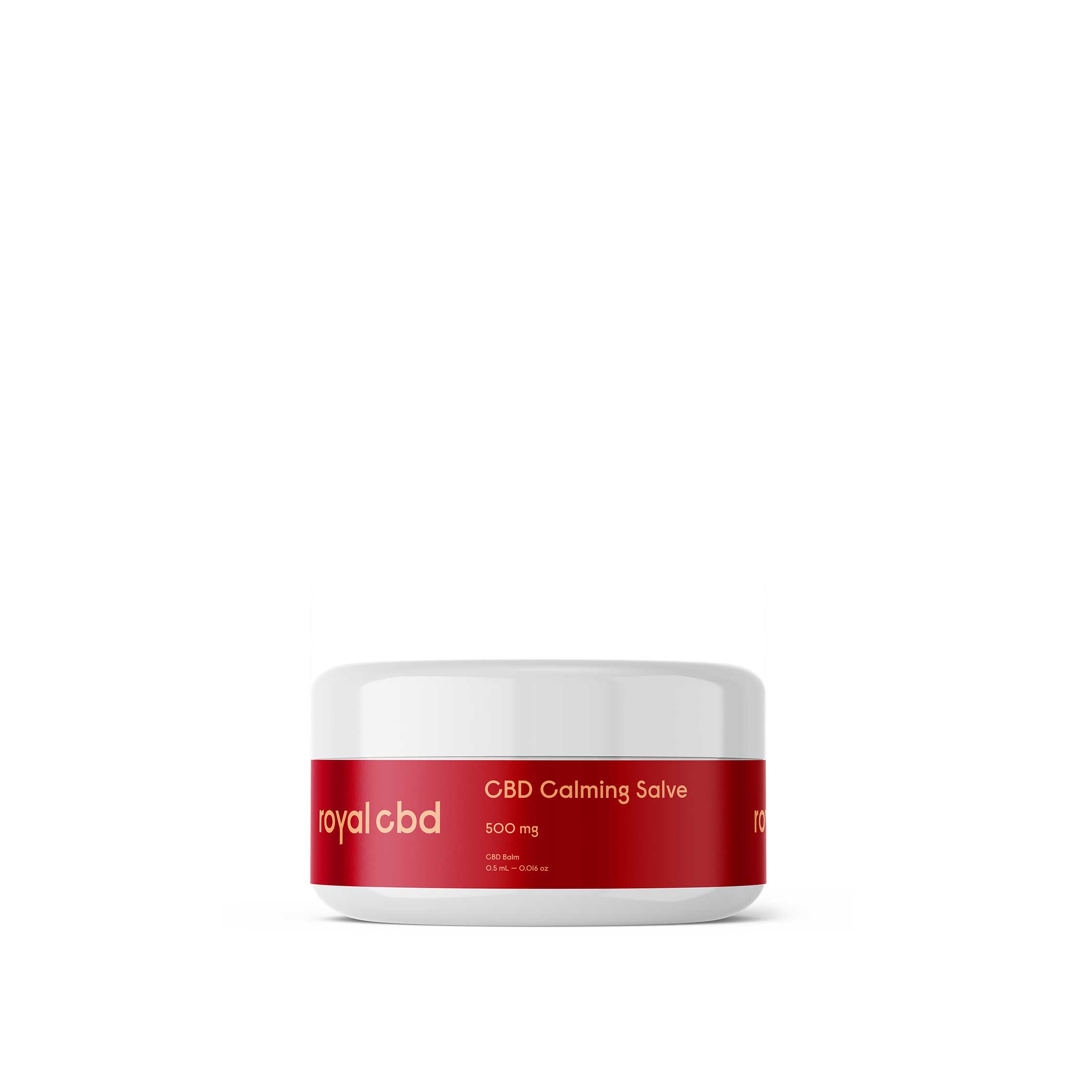Discover the Scientific Research Behind CBD Pain Lotion and Its Restorative Effects
As the demand for natural discomfort relief alternatives proceeds to increase, the clinical neighborhood has actually transformed its focus to the therapeutic effects of CBD discomfort cream. Understanding the detailed mechanisms through which CBD connects with the body's endocannabinoid system to minimize discomfort is vital in decoding its effectiveness. From its anti-inflammatory buildings to the complex neurological impacts that regulate discomfort perception, CBD's potential as a discomfort management solution is a subject of ongoing study and professional rate of interest. Remain tuned to unwind the scientific research behind CBD discomfort cream and just how it holds guarantee for those seeking option opportunities for pain relief.
Endocannabinoid System and CBD Discomfort Relief
What function does the endocannabinoid system play in CBD discomfort alleviation? The endocannabinoid system (ECS) is a complicated network of receptors, enzymes, and endocannabinoids that play an essential duty in managing different physical processes, consisting of pain experience. When CBD is applied topically or consumed, it communicates with the ECS to modulate pain assumption and swelling. CBD exerts its results by targeting cannabinoid receptors, especially CB1 and CB2 receptors, which are bountiful in the main nerves and immune cells, respectively. By binding to these receptors, CBD can hinder the transmission of pain signals and decrease swelling, bring about discomfort alleviation.

Mechanisms of CBD for Pain Management
Exploring the complex systems where CBD operates hurting administration reveals its prospective as a useful healing tool in minimizing various types of discomfort. CBD connects with the endocannabinoid system, making up cannabinoid receptors (CB1 and CB2) distributed throughout the body. When CBD is provided, it modulates these receptors, affecting neurotransmitter release and moistening discomfort signals. Furthermore, CBD's anti-inflammatory buildings play an important role hurting management by reducing swelling at the website of pain.

Anti-Inflammatory Features of CBD
In clarifying the efficacy of CBD in pain administration, a noteworthy element exists in its potent anti-inflammatory buildings. Inflammation is a complex organic feedback that plays a vital role in the body's immune system, however when it ends up being chronic, it can add to different health concerns, consisting of discomfort.
Researches have shown that CBD can inhibit inflammatory moderators and cytokines, therefore wetting the inflammatory waterfall. This anti-inflammatory result is particularly promising for problems defined by chronic inflammation, such as joint inflammation, inflammatory bowel condition, and neuropathic discomfort. By relieving swelling, CBD not only deals with the signs and symptoms yet additionally targets the underlying reason for pain, making it a valuable healing agent for handling a large range of inflammatory problems.
Neurological Results of CBD on Pain
CBD exerts profound neurological impacts on pain assumption via its interaction with details receptors in the central nerves. The endocannabinoid system, which consists of cannabinoid receptors (CB1 and CB2) and endocannabinoids generated by the body, plays a vital function in modulating pain signals. CBD engages with these receptors, primarily CB1 located in the brain and CB2 located in the immune cells, to exert its analgesic effects. By affecting the activity of these receptors, CBD can help regulate pain level of sensitivity and swelling, using possible restorative benefits for people dealing with various kinds of discomfort conditions.
Researches have actually revealed that CBD's activity on the endocannabinoid system can lead to the inhibition of discomfort signaling pathways, reducing the assumption of pain. Additionally, CBD has actually been located to have neuroprotective buildings, which can aid minimize neuropathic pain by securing neurons from damages. The capacity of CBD to regulate discomfort at a neurological level makes it a promising option for taking care of chronic discomfort problems where traditional therapies may fail.
Professional Studies Sustaining CBD Discomfort Relief

Final Thought
Finally, the science behind CBD discomfort lotion reveals its prospective restorative effects with the inflection of the endocannabinoid system. CBD's mechanisms for pain administration include its anti-inflammatory residential or commercial properties and neurological effects on discomfort assumption. Scientific research studies support making use of CBD for pain relief. More study is required to totally comprehend the degree of CBD's advantages in handling numerous sorts of pain.
As the need for natural pain alleviation alternatives continues to rise, the clinical area has actually transformed its interest to the healing effects of CBD discomfort lotion. visite site From its anti-inflammatory properties to the complex neurological impacts that modulate discomfort assumption, CBD's prospective as a pain monitoring option is a Recommended Reading subject of continuous research study and clinical passion.Structure upon the understanding of CBD's neurological effects on discomfort perception, professional researches have actually given useful understandings into the efficacy of CBD in providing discomfort alleviation. A study released in the European Journal of Discomfort showed that applying CBD topically reduced discomfort and swelling in rats with arthritis without any obvious side effects. CBD's mechanisms for discomfort management include its anti-inflammatory buildings and neurological impacts on discomfort assumption.